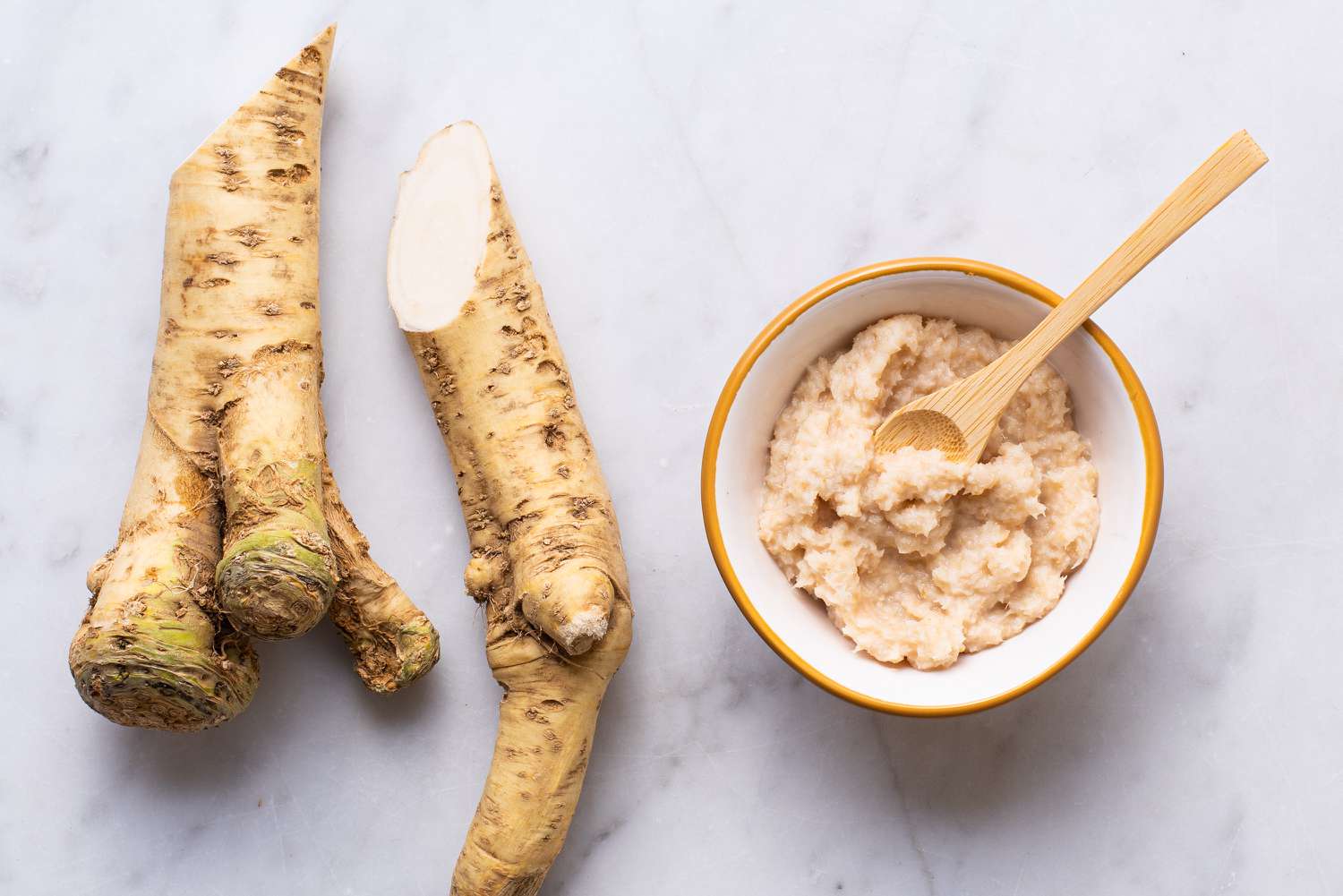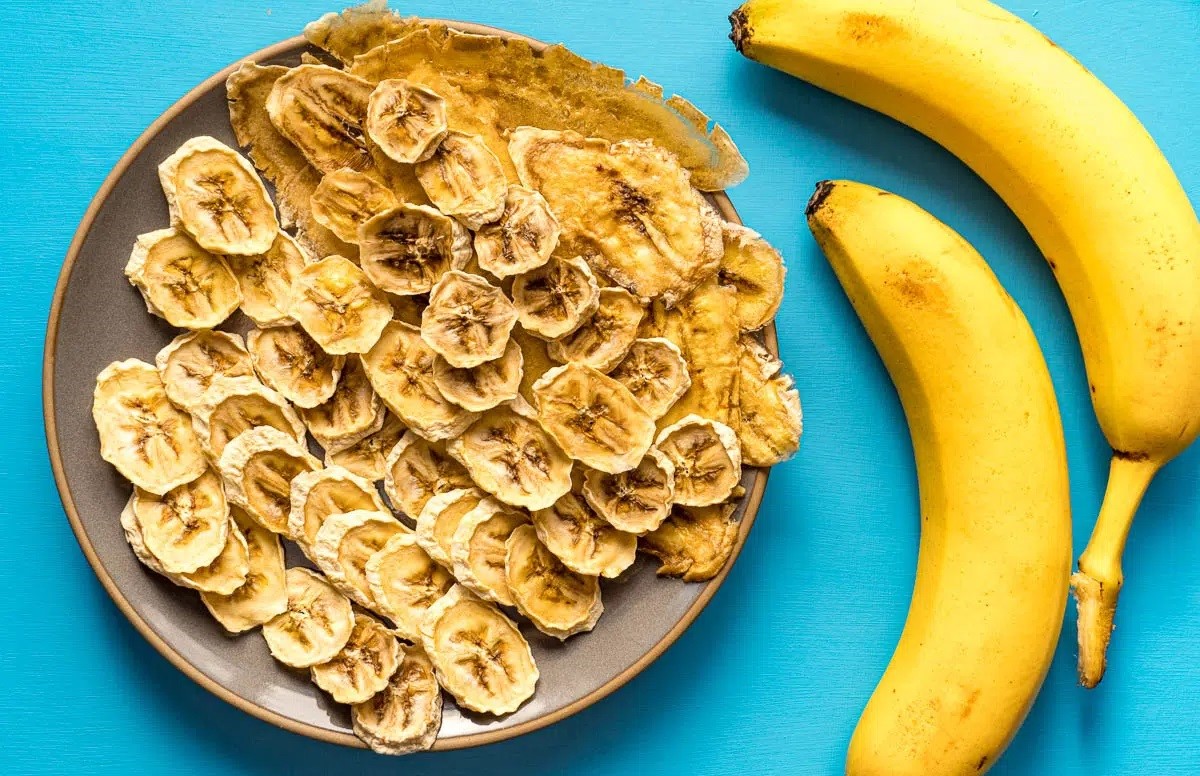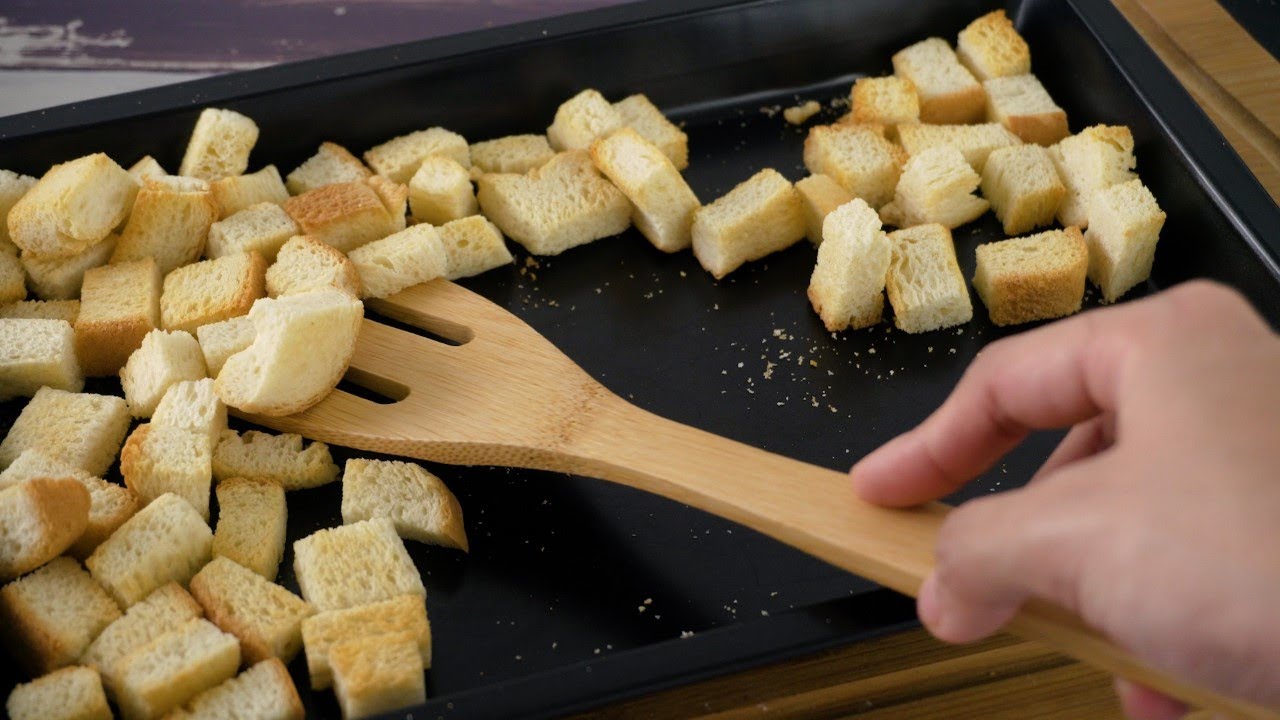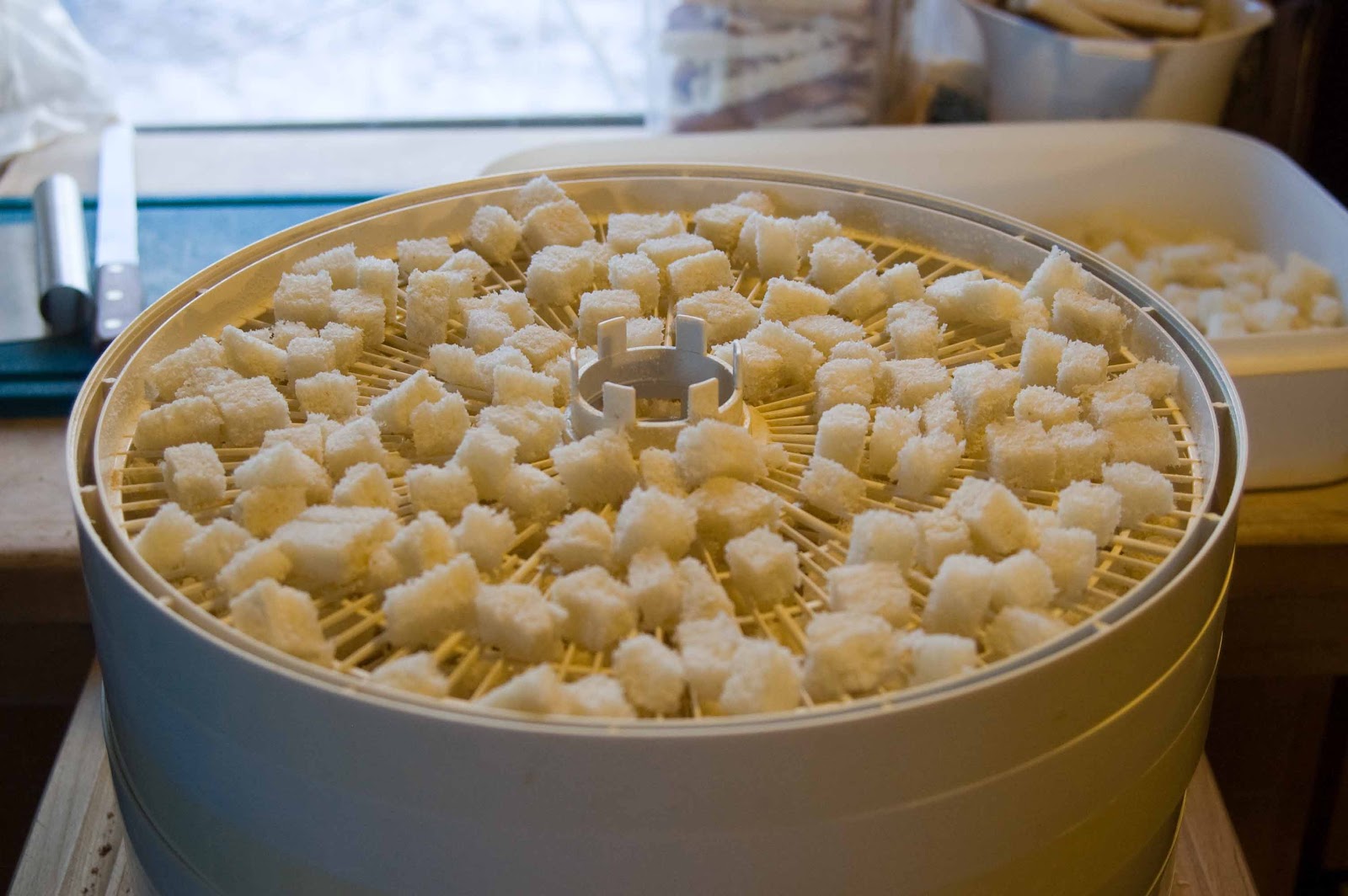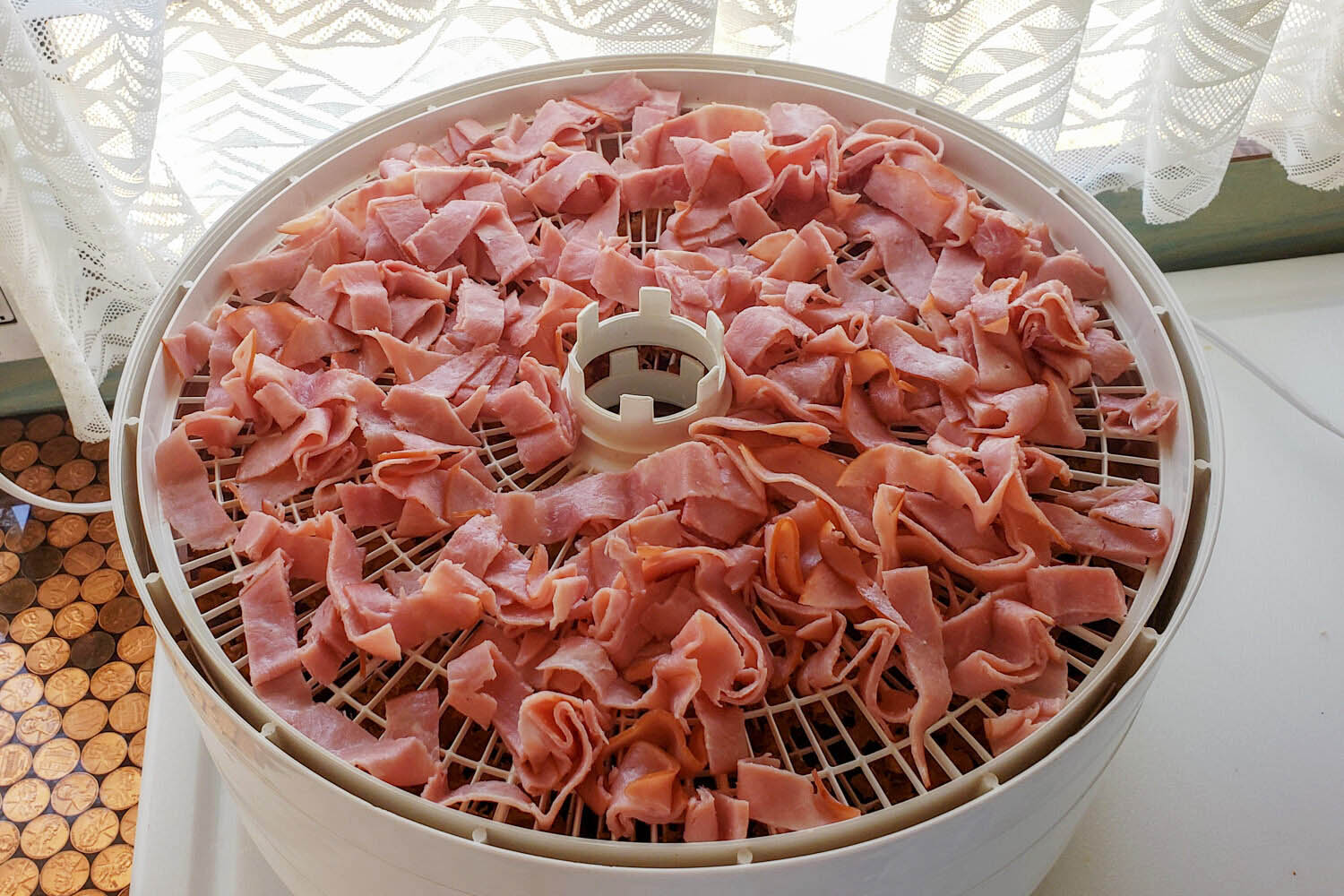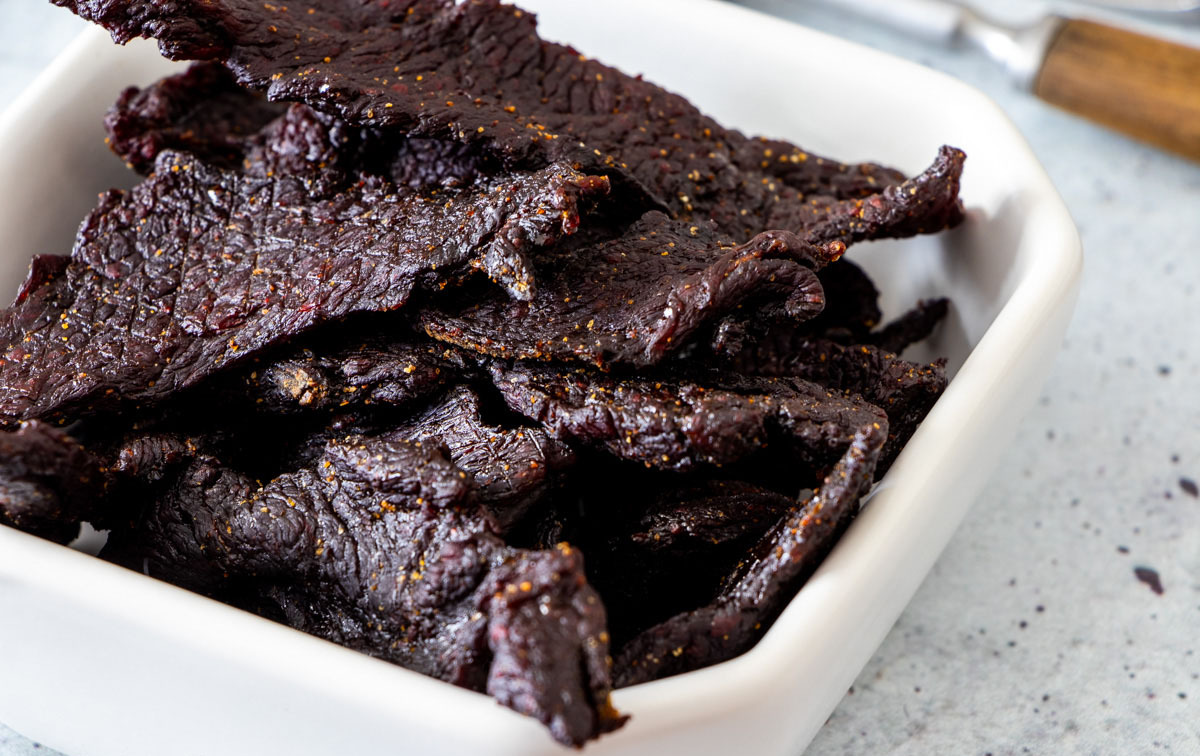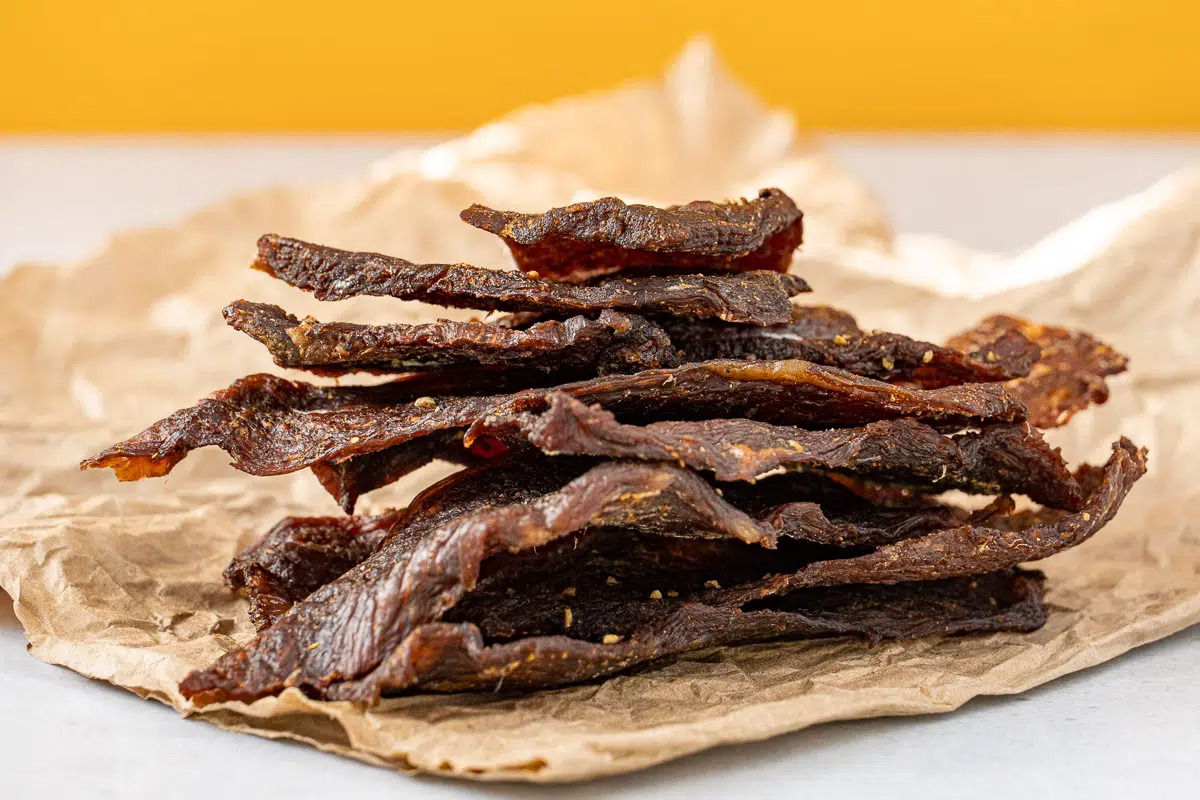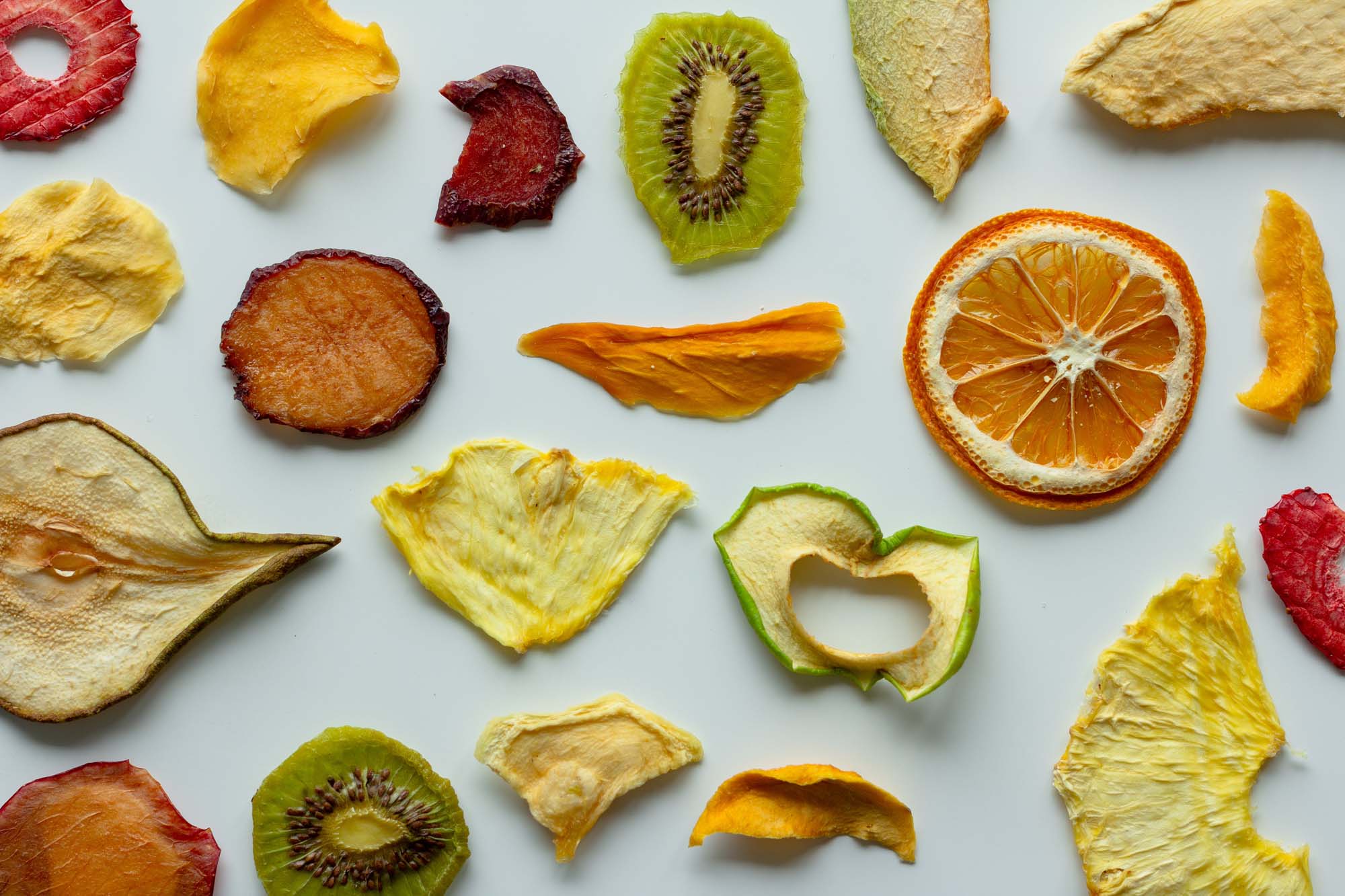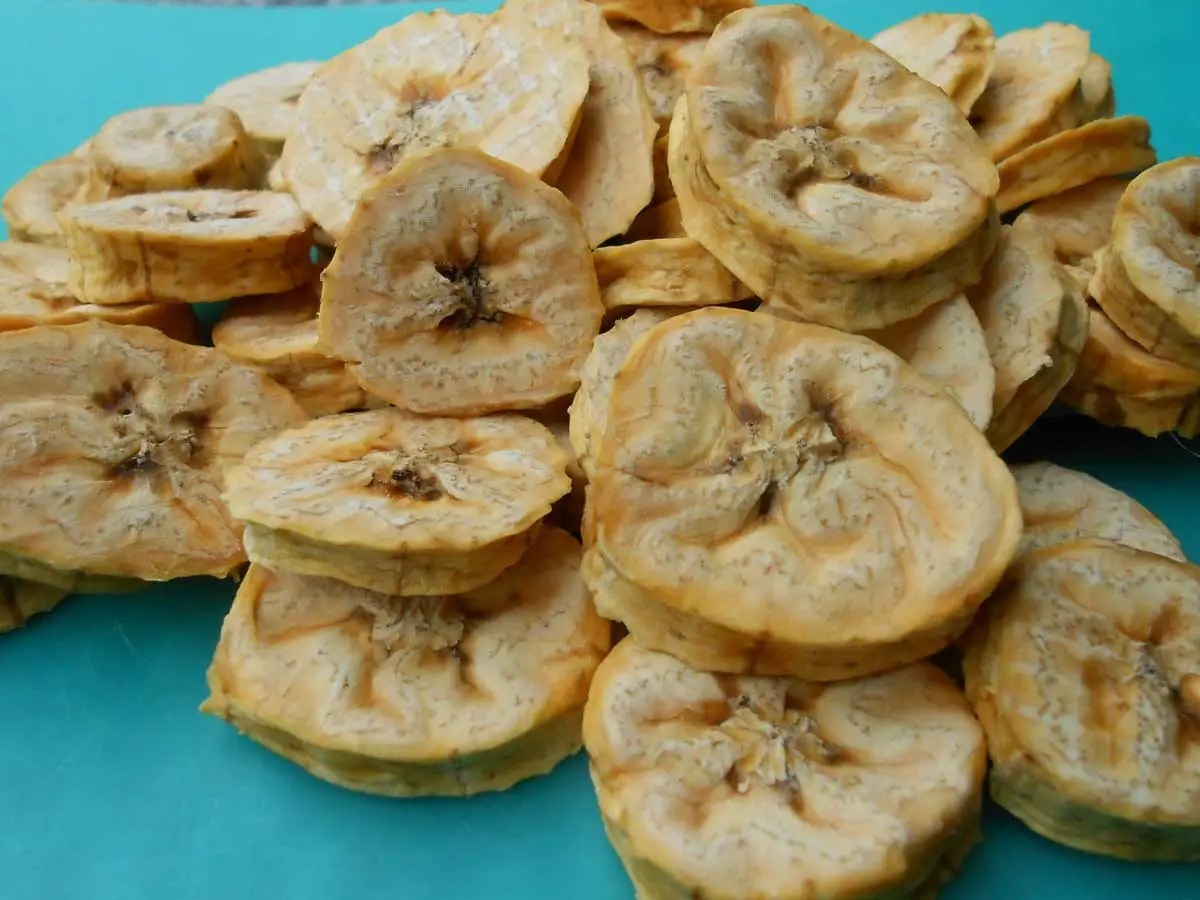Dehydrating Breast Milk: A Step-by-Step Guide
Welcome to our guide on dehydrating breast milk. Whether you’re looking to create breast milk powder for convenient storage or to use in recipes, dehydrating breast milk can be a useful option. Here’s a step-by-step guide to help you through the process.
Step 1: Preparation
Before you begin, it’s important to ensure that your breast milk is fresh and free from any contaminants. Wash your hands thoroughly with soap and water, and sterilize all equipment that will come into contact with the breast milk.
Step 2: Choosing a Dehydrator
When dehydrating breast milk, it’s crucial to use a dehydrator that is specifically designed for this purpose. Look for a dehydrator that offers precise temperature control and has a low heat setting to preserve the nutrients in the breast milk.
Step 3: Pouring the Breast Milk
Once you have selected a suitable dehydrator, carefully pour the breast milk onto the dehydrator trays. It’s important to spread the breast milk evenly to ensure that it dehydrates uniformly.
Step 4: Dehydrating Process
Set the dehydrator to the recommended temperature for dehydrating breast milk. Typically, this will be a low temperature to preserve the nutrients. Allow the breast milk to dehydrate for several hours, checking on it periodically to ensure that it is dehydrating evenly.
Step 5: Testing for Dryness
After the dehydrating process is complete, it’s essential to test the breast milk for dryness. The breast milk should be brittle and easily crumbled between your fingers when it is fully dehydrated.
Step 6: Storing the Dehydrated Breast Milk
Once the breast milk is fully dehydrated, allow it to cool completely before transferring it to an airtight container. Store the dehydrated breast milk in a cool, dark place to maintain its quality.
Using Dehydrated Breast Milk
Dehydrated breast milk can be reconstituted with water to create breast milk for feeding your baby. It can also be used in recipes such as smoothies, baked goods, and homemade baby food. When using dehydrated breast milk, be sure to follow safe storage and handling practices to ensure its safety and quality.
Conclusion
Dehydrating breast milk can be a practical way to preserve and utilize this valuable resource. By following the steps outlined in this guide, you can safely and effectively dehydrate breast milk for storage and use. Always prioritize hygiene and safety when handling breast milk, and consult with a healthcare professional if you have any concerns about dehydrating breast milk.
More Delicious Ways to Use Dehydrated Breast Milk
Once you've mastered the art of dehydrating breast milk, a new realm of culinary possibilities opens up. For those eager to experiment, the Breast Milk Rice Pudding Recipe offers a delightful twist on a classic dessert, providing a creamy texture and unique flavor that is sure to impress. Additionally, the Breast Milk Béchamel Sauce Recipe is a must-try for enhancing savory dishes with a smooth, rich base that can transform everyday meals into gourmet experiences. Lastly, don't overlook the Breast Milk Creamy Polenta Recipe, which can serve as a comforting and nutritious base for numerous dishes. Each recipe utilizes dehydrated breast milk innovatively, promising not only a delicious outcome but also a conversation starter at any dining table.
Was this page helpful?
Read Next: How To Dehydrate Milk
